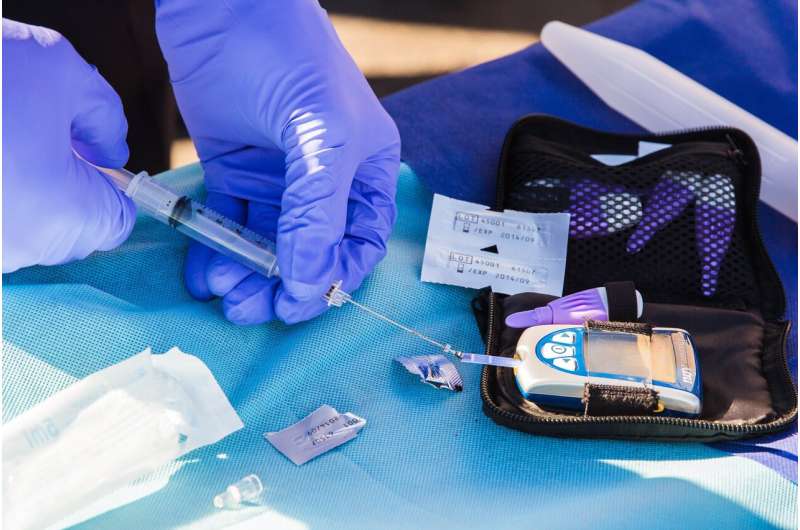
In a study published in Nature Metabolism, researchers at the department of Cell and Molecular Biology developed a novel technique to identify small molecules that can make insulin-producing β-cells divide.
Olov Andersson and Jeremie Charbord explains: “Diabetes is characterized by the progressive loss of functional β-cells. One possible approach to curing diabetes is to generate new β-cells in situ to replenish the pool of β-cells. β-cell proliferation expands the β-cell mass mostly during development but also under certain hyperglycemic conditions in adulthood, a process that could potentially be used for β-cell regeneration in diabetes.
“To screen for chemicals that can induce β-cell proliferation, we developed a novel assay in zebrafish based on the fluorescence ubiquitination cell-cycle indicator (FUCCI) method, in which the S/G2/M marker geminin is fused to a fluorescent protein. Instead of fusing geminin to a fluorescent protein, we fused it to a luciferase protein and expressed it under the control of the insulin promoter to specifically report β-cell proliferation in vivo in a high-throughput manner. We named this assay LUCCI (for Luminescence Ubiquitination-based Cell Cycle Indicator) and used it to set up a high-throughput chemical screen in transgenic zebrafish. In this way, we identified a kinase inhibitor that potently stimulates β-cell proliferation, and confirmed this effect in mouse and human β-cells to make sure the effect is conserved across species.
Source: Read Full Article
